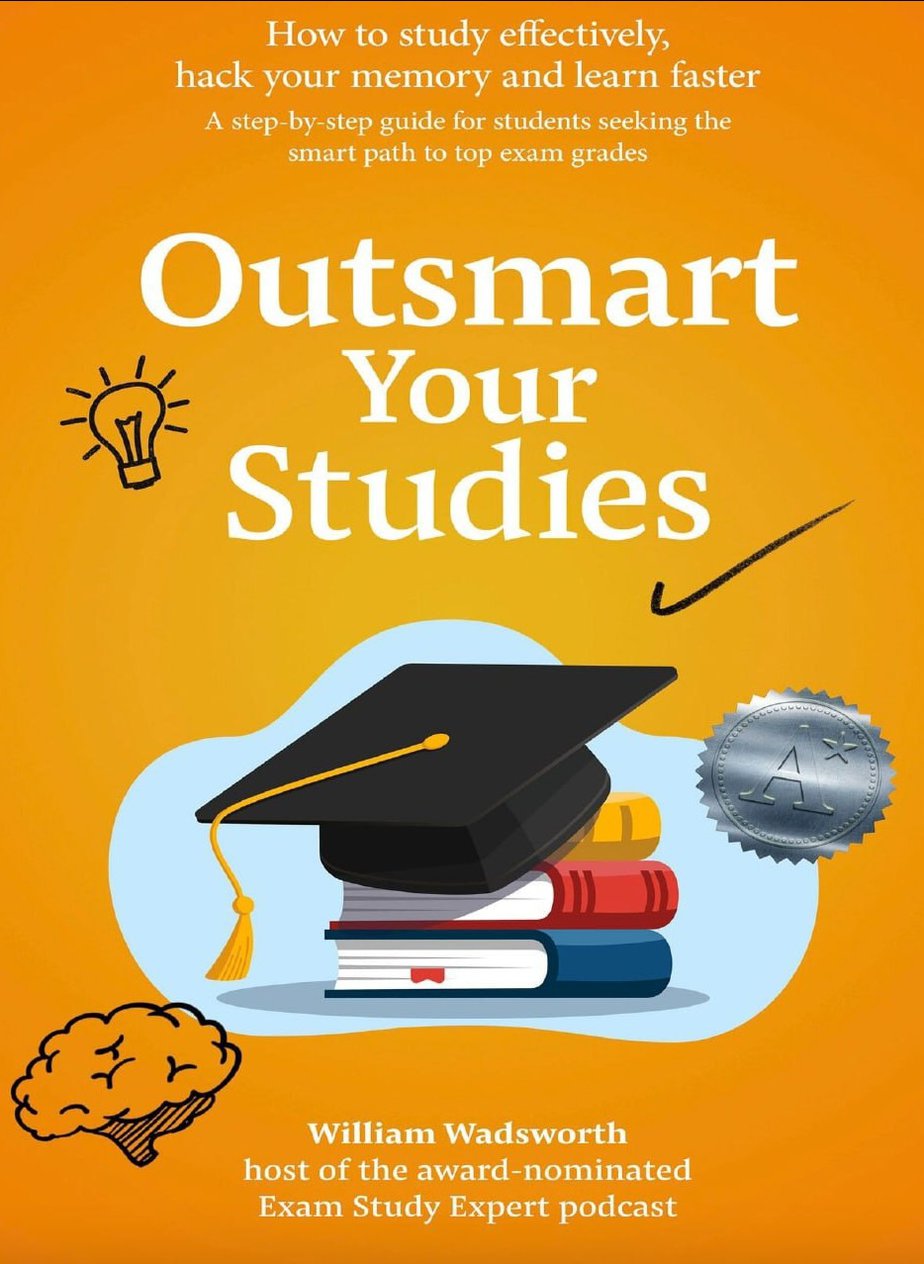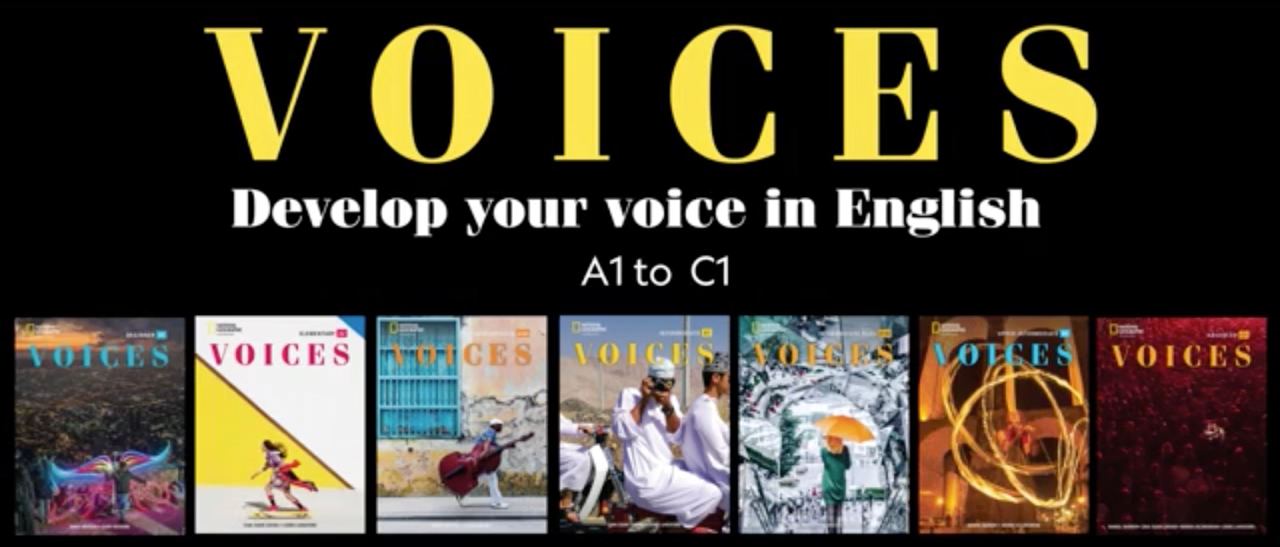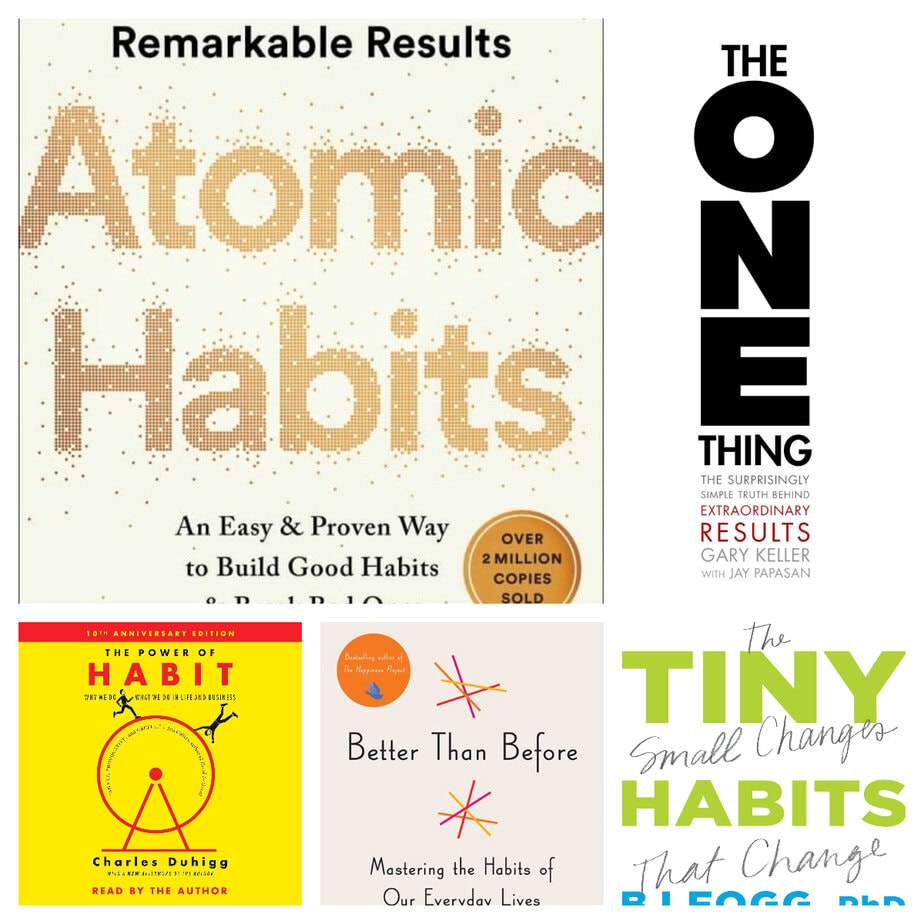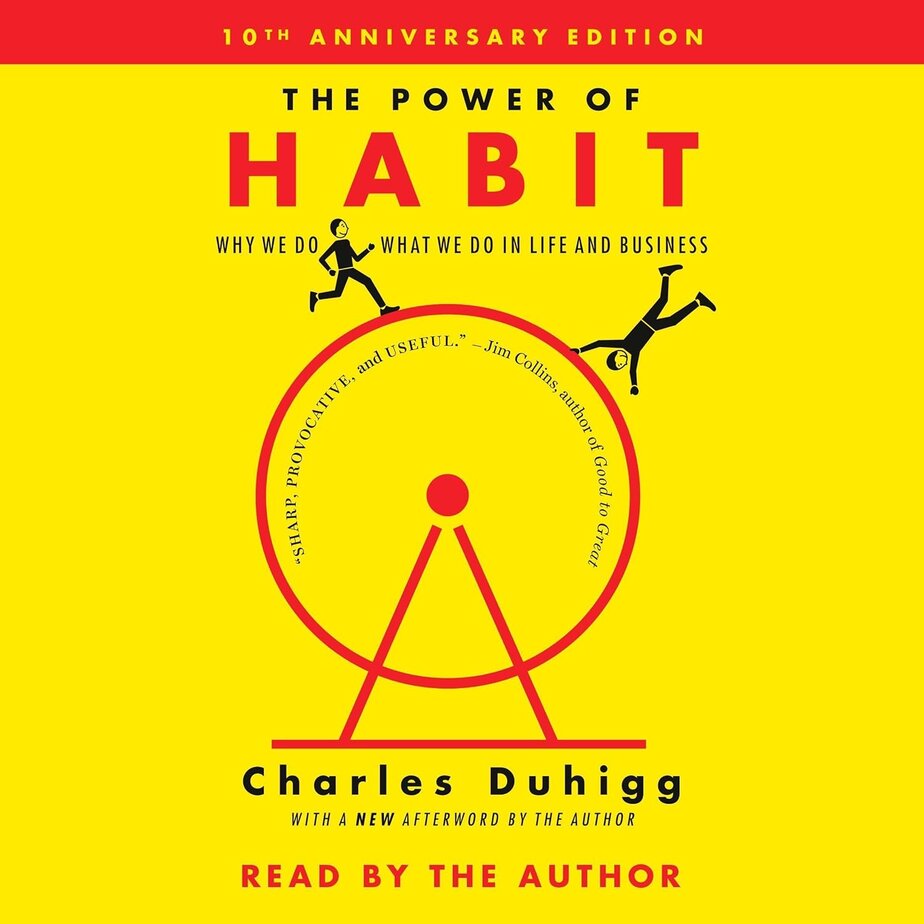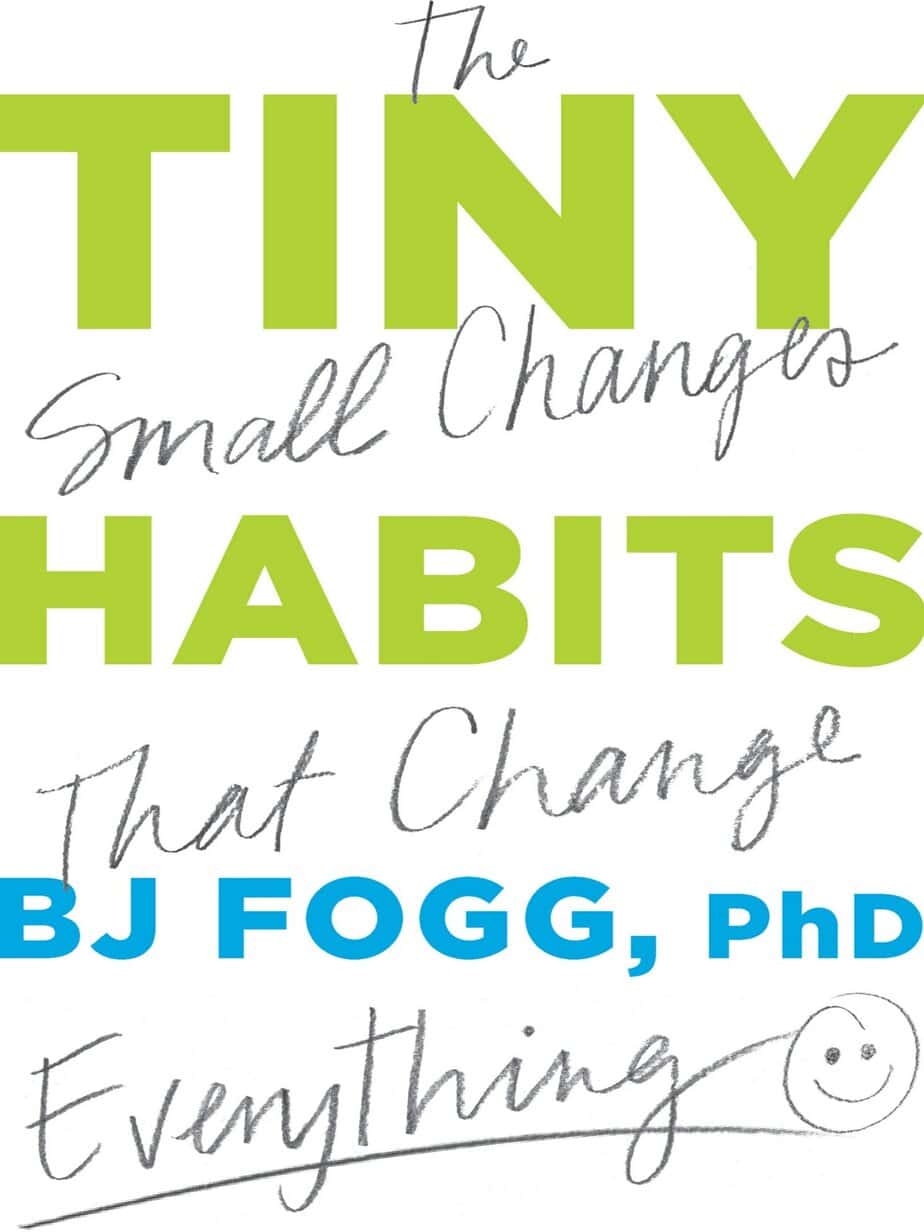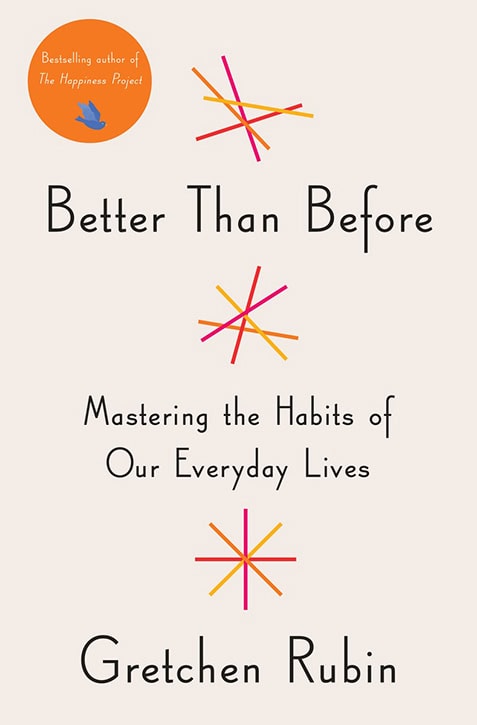雅思图书五册 IELTS ACADEMIC & GENERAL TASK 2 HOW TO WRITE AT A BAND 9 LEVEL
雅思图书五册
✅ 230 IELTS Writing Samples
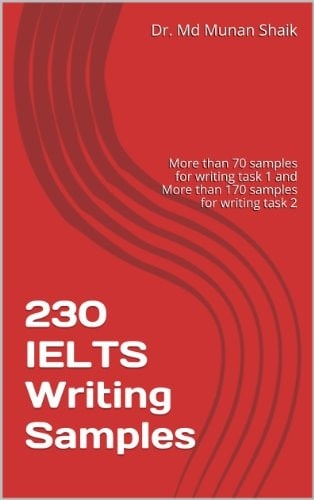
Simple book contain different levels of vocabulary focusing mainly for IELTS writing part. Those preparing IELTS, this book can help certainly to developed excellent writing skill.
Main features of this includes-
– Common mistakes in IELTS writing
– More than 60 task 1 writing samples
– More than 170 Task 2 writing samples
– Different types of IELTS letter sampls
✅ IELTS Academic & General Task 2 – How to Write at a Band 9 Level
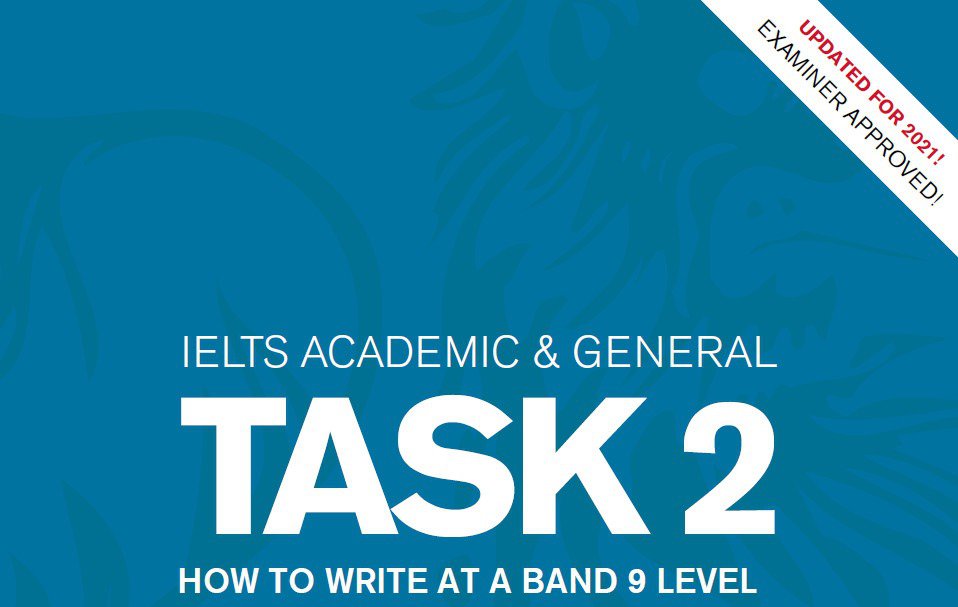
The 2016-2017 version of this book marks the 5th update since this work was first released in 2010. The purpose of this book has always been to provide the IELTS candidate with a brief but actionable summary of how to write an effective essay in the Task 2 portion of the Academic and General IELTS exams.
This book should act as a supplement to the candidate’s repertoire of IELTS Writing resources. Although a helpful guide, candidates should couple what they learn from this book with active practice and personal feedback from an IELTS Writing coach. For candidates that do not have access to guidance, free feedback may be received from the ‘Post your writing’ section of the IELTSNetwork.com forum.
✅ IELTS Journal, Writing Task 1 (2022 – 2023)

✅ Outsmart Your Studies: How To Study & Learn Effectively: Hack Your Memory with Faster Revision Techniques for Exam Success
✅ The Language Lover’s Puzzle Book: Lexical Complexities and Cracking Conundrums from Across the Globe

This book is composed of 100 language puzzles based on more than two dozen far flung as well as familiar languages, interspersed with preamble to give more background around how the different language features came about and how they work.
While I enjoyed solving some of the puzzles, be warned that many of them (perhaps the majority) are fiendishly hard and with just a casual interest in languages you should expect to spend many, many hours working through them all. My favourite aspect of the book was in fact the prose rather than the puzzles, and I would have loved if it had been more in-depth, because fitting it all in 250 pages (the remaining ~150 pages are taken up by answers) along with the puzzles resulted in many interesting looking concepts deserving of more discussion feeling a bit rushed.
Because this book is aimed at a more general audience and not professional linguists, I would have enjoyed if the more difficult puzzles contained a bit more hand-holding or context beforehand, which would give a more realistic chance at solving some of the puzzles without resorting to reading the (detailed and thorough) answer section. For example, some of the puzzles jumped to conclusions and made assumptions which didn’t feel rigorous enough to me as a non-professional linguist, but I imagine are fairly common methods among professionals. Perhaps a section dedicated to approaching this kind of puzzle would be welcomed in a future edition? Despite this, I am still giving this book four stars because the answer section was still an interesting read, and I ended up learning about some wonderful and wacky languages and their features in the process




